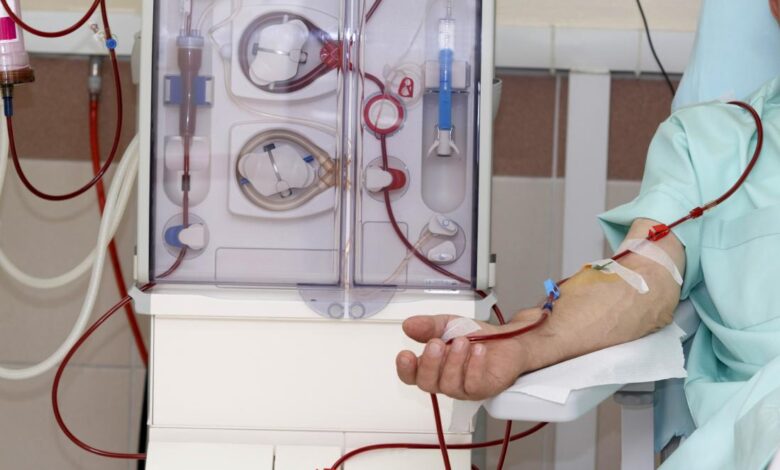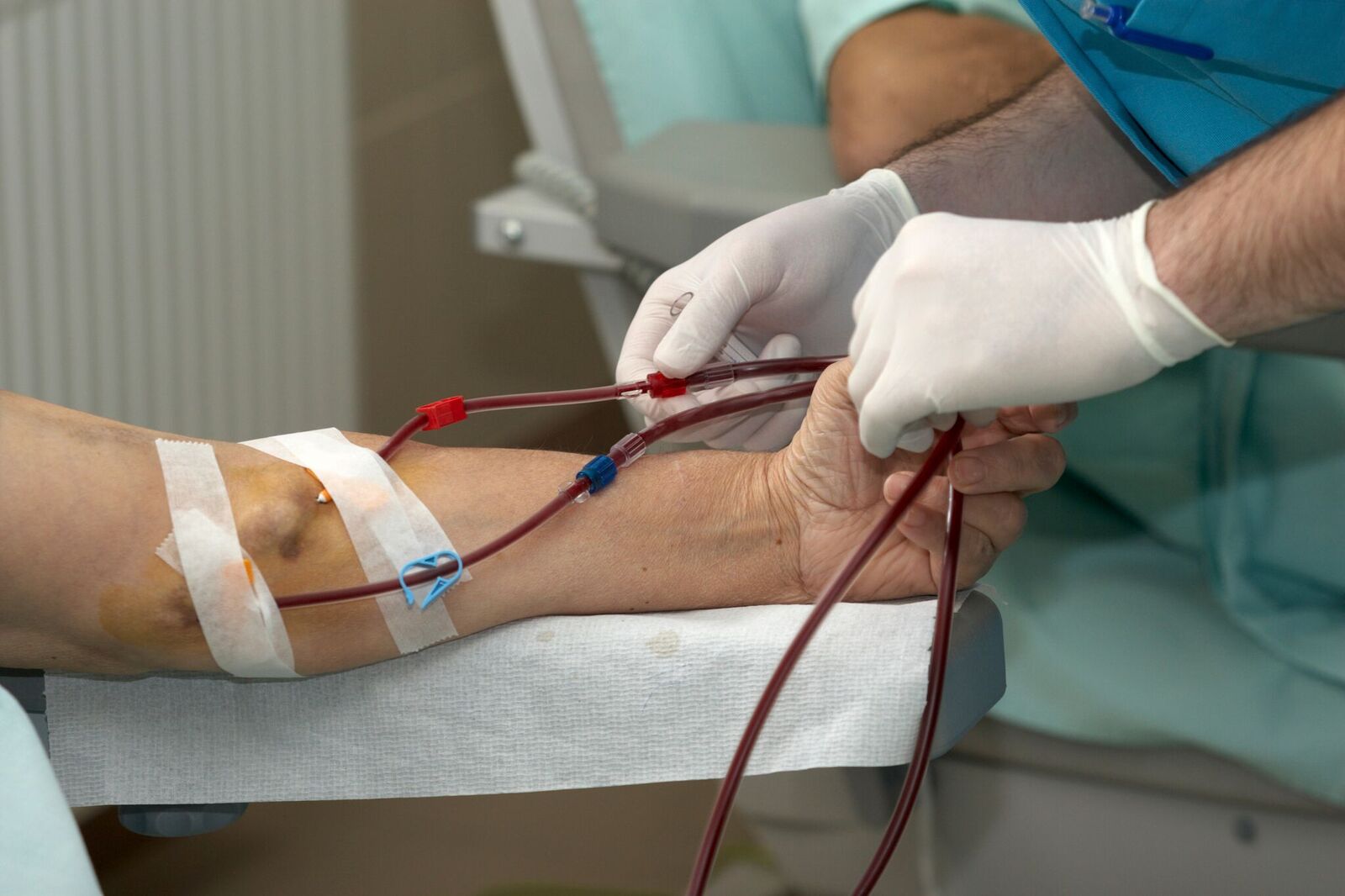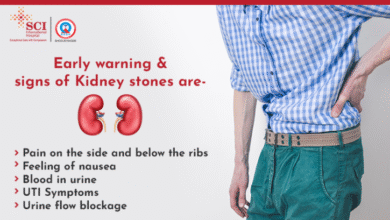Understanding Dialysis: Life-Saving Treatment for Failing Kidneys

Dialysis is a medical treatment that has saved countless lives around the world. It plays a vital role when the kidneys are no longer able to perform their essential functions. But despite its importance, many people don’t fully understand what It is, how it works, or what life is like for someone undergoing it. This article aims to shed light on the topic in a simple yet informative way.
What Is Dialysis and Why Is It Needed?
It is a process that replicates some of the kidney’s vital functions. When someone’s kidneys fail—usually due to chronic kidney disease (CKD), diabetes, high blood pressure, or other health conditions—they can no longer filter waste products, excess fluids, and toxins from the blood effectively. This is where dialysis steps in.
The kidneys are essential for maintaining the body’s internal balance. Without them functioning properly, toxins and fluids build up in the body, which can be life-threatening. It becomes a necessity to prevent this dangerous accumulation and to support the patient until a more permanent solution—such as a kidney transplant—is available.
There are many reasons someone might require dialysis. It could be a temporary solution after an acute kidney injury, or a long-term treatment plan for those in end-stage renal disease (ESRD). In either case, It is a medical lifeline, helping patients live longer and feel better.
Types of Dialysis: Hemodialysis and Peritoneal Dialysis

There are two main types of dialysis: hemodialysis and peritoneal dialysis, and each comes with its own process, benefits, and challenges.
Hemodialysis is the most commonly known method. It involves a machine that removes blood from the patient’s body, filters it through a dialyzer (artificial kidney), and returns the clean blood back into the body. This process usually takes about 3 to 5 hours and is typically done three times a week at a It center, though home options are also available.
Peritoneal dialysis, on the other hand, uses the lining of the patient’s abdomen (called the peritoneum) as a natural filter. A cleansing fluid is introduced into the abdominal cavity through a catheter. After the waste products pass from the blood into the fluid, it’s then drained away. This method can be done at home and offers more flexibility, especially for those who want to maintain an active lifestyle.
Choosing between the two types often depends on personal preferences, medical conditions, lifestyle, and how comfortable the patient feels with self-care. Both options can be equally effective, and the choice should always involve a detailed discussion with a healthcare provider.
What to Expect During Dialysis Treatment
Starting It can feel overwhelming, especially with all the medical procedures, lifestyle adjustments, and emotional shifts. But understanding what to expect can help patients feel more in control.
For hemodialysis, a patient will need a vascular access point—usually through the arm—to allow the blood to flow in and out of the machine. Sessions are typically scheduled multiple times a week and require travel to a It center unless done at home. Patients often sit in reclining chairs and can use the time to read, watch TV, nap, or talk with other patients.
Peritoneal dialysis requires training for home use, including learning how to keep the area sterile and avoid infection. Many patients prefer this method as it can be done overnight (automated peritoneal dialysis) or multiple times during the day (continuous ambulatory peritoneal dialysis). It offers more freedom, but also demands a strong commitment to hygiene and time management.
Common side effects during It can include fatigue, muscle cramps, low blood pressure, or nausea—especially during or after treatment. However, most of these can be managed with guidance from the healthcare team.
Living with Dialysis: Lifestyle, Diet, and Mental Health

Life on It definitely involves changes, but with the right support, many patients lead full and meaningful lives. Staying healthy while on dialysis often involves balancing treatment with nutrition, exercise, and mental well-being.
Dietary restrictions are crucial for It patients. Since the kidneys aren’t filtering waste effectively, patients need to limit their intake of sodium, potassium, phosphorus, and fluids. High-protein diets are often recommended to maintain muscle mass, but every patient should follow a customized meal plan created by a renal dietitian.
Mental health is another major component. The emotional toll of being on It can lead to depression, anxiety, or feelings of isolation. Support groups, counseling, and open communication with loved ones can help significantly. Many dialysis centers also offer resources to support mental well-being.
Staying active is also encouraged. Even light exercises like walking or yoga can boost energy, improve circulation, and enhance mood. While It may feel like a setback, many patients adapt well with time and support.
Risks and Complications of Dialysis
While It is life-saving, it isn’t without its risks. Understanding these can help patients and caregivers take preventive measures and respond quickly if something goes wrong.
Some of the common complications of hemodialysis include infections at the access site, low blood pressure, blood clots, and anemia. Long-term hemodialysis can also lead to bone disease, nerve damage, or issues with heart health due to the strain of fluid and electrolyte shifts.
Peritoneal It patients might face the risk of peritonitis, a serious infection of the abdominal lining. Signs include abdominal pain, fever, and cloudy It fluid. Quick action and antibiotics can usually treat it, but repeated infections may force a switch to hemodialysis.
Regular monitoring and follow-up appointments are essential. Most patients on It will be under the care of a nephrologist, dietitian, nurse, and other healthcare professionals to keep complications under control and adjust the treatment as needed.
Dialysis vs. Kidney Transplant: Which Is Better?
While It can effectively manage kidney failure, it is not a cure. A kidney transplant is considered the best long-term solution for most people with end-stage kidney disease. But not everyone is eligible for a transplant, and organs are in limited supply.
A successful transplant can offer better quality of life, more freedom, fewer dietary restrictions, and longer life expectancy. However, it also comes with its own challenges—such as lifelong use of immunosuppressive medications, risk of rejection, and potential surgical complications.
It remains a necessary and reliable treatment for those who are waiting for a kidney or are not suitable candidates for transplantation. It’s a bridge to a better life and often the only immediate option available.
Conclusion: Dialysis as a Lifeline, Not a Limitation
It is more than just a medical procedure—it’s a second chance at life. While it comes with its own set of challenges, it also allows patients with kidney failure to live longer, healthier lives. With medical advancements, personalized care plans, and greater awareness, life on dialysis today is more manageable than ever before.
Understanding It helps patients and families make informed decisions and feel empowered through the process. Whether you’re newly diagnosed, supporting a loved one, or simply seeking to learn more—knowledge is your best tool in the journey of kidney health.



